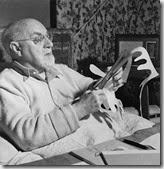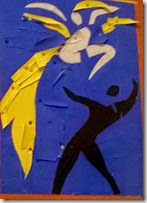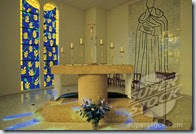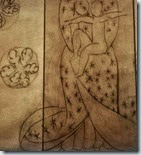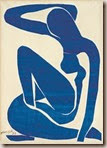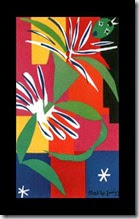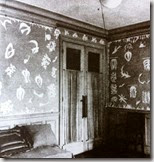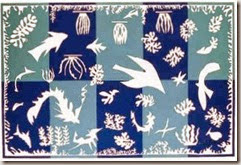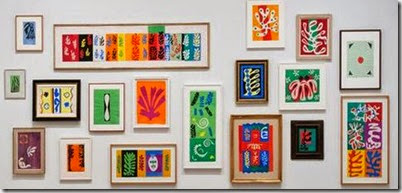At the (phantom) chili festival
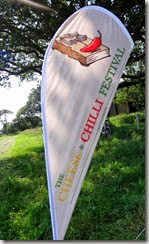 My first assertion is that, for all their knowledge of horticulture, history, and haute cuisine, Europeans have no idea of how to throw a Chili and Cheese festival.
My first assertion is that, for all their knowledge of horticulture, history, and haute cuisine, Europeans have no idea of how to throw a Chili and Cheese festival.
Beans. Beef. Bar-b-q. Maybe some Bluegrass music. Dense fragrant smoke above black iron kettles bubbling with red sauce and yellow cheddar (not white).
Texas-style chili: Comfort food.
Christchurch held its first Cheese and Chilli Festival 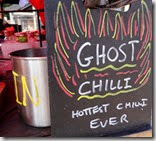 today in fields out by the airport. On entry, the first impression as of broods of hen parties, all in coloured, lettered shirts marking different life events worth celebrating together. Then there was the rock music by a garage band of grey-haired guitarists and balding lead singers, much beloved. Finally there were stalls
today in fields out by the airport. On entry, the first impression as of broods of hen parties, all in coloured, lettered shirts marking different life events worth celebrating together. Then there was the rock music by a garage band of grey-haired guitarists and balding lead singers, much beloved. Finally there were stalls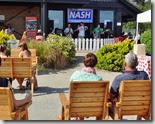 for food, for drink, for Dorset travel, for charities.
for food, for drink, for Dorset travel, for charities.
But not for True Texas Chile Con Carne.
For that matter, ‘not for any sort of Chilli Con Carne.
I  would assert that the ingredients were all there. Cheeses: local varieties by the table, wheels and wedges.
would assert that the ingredients were all there. Cheeses: local varieties by the table, wheels and wedges.
There was meat, mostly pork sausages and game (‘The New Forest Butchers’, incongruous in a nature preserve).
 And there were chili plants, red, orange, green, and purple fruit in bushy or leggy varieties (Stumpy or Fairy Light, respectively: we bought one of the latter)
And there were chili plants, red, orange, green, and purple fruit in bushy or leggy varieties (Stumpy or Fairy Light, respectively: we bought one of the latter)
The event was fun and fit the Chilli Plant theme well, 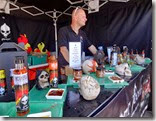 from Chili-spiced mixed drinks to Chilli doused Paella, connected by stalls of ever hotter oils and extracts.
from Chili-spiced mixed drinks to Chilli doused Paella, connected by stalls of ever hotter oils and extracts.
But it desperately needs someone to serve the namesake food. Some entrepreneur, with vision, drive and recipes...
I did check: for £350 we can have a double stall for two days. ‘Rent a couple of cauldrons, buy the beef and beans, simmer slowly and serve with sour cream for £4.50 a bowl.
A true, novel Chili experience for the Chilli fest.
So, my final assertion: What could be an easier success than that? Now all I need is big hat and a strap line…
Labels: Festivals

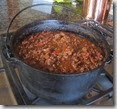
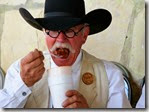
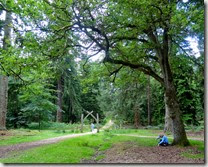
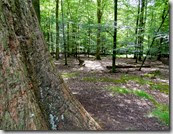
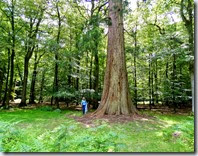
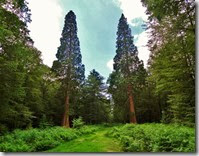

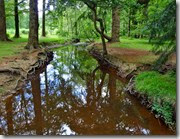




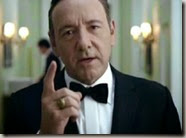
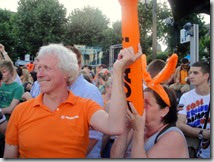
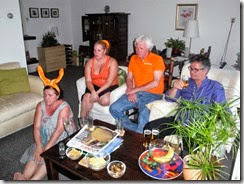
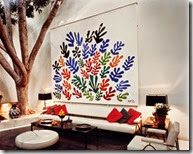 Henri Matisse
Henri Matisse